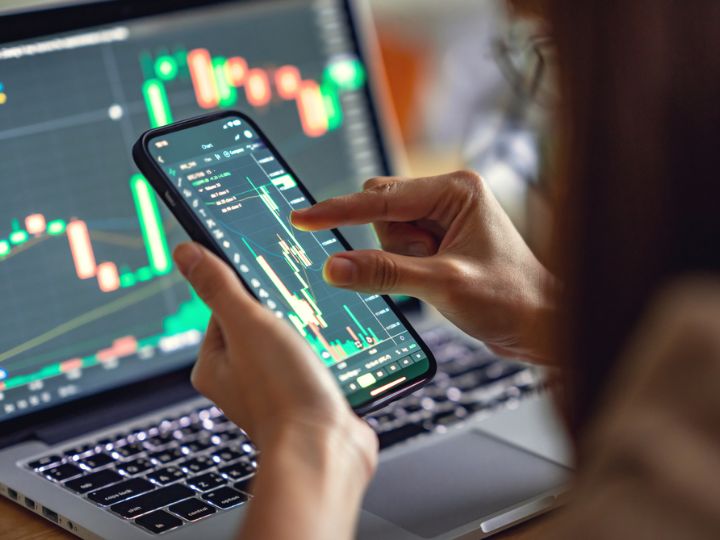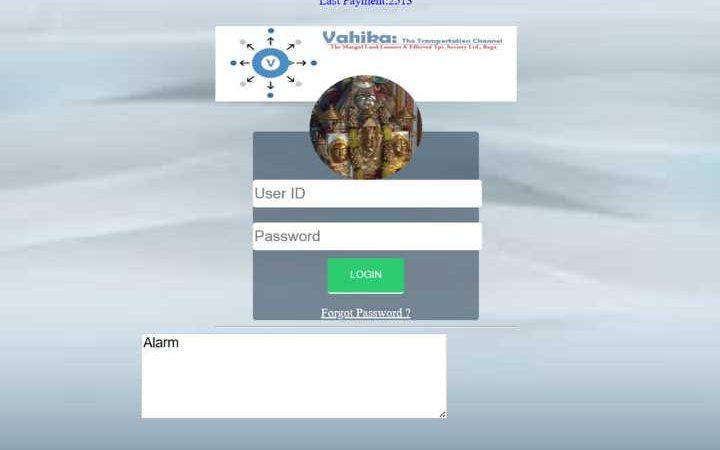Demo Trading vs Live Trading: Understanding the Differences and Benefits

Learning to trade is a process that involves gaining knowledge, developing the right trading skills, and practising before executing trades in live markets. Demo trading is essential to this learning experience as it provides traders with great insight into how the stock market works and can provide valuable experience without risking natural capital. But demo trading differs significantly from live trading; understanding these differences can help those starting in the world of finance understand which approach better suits their needs and goals.
In this article, we’ll discuss demo vs live trading—the underlying differences between them, the benefits of both methods of investment simulation, and best practices for success while engaging in either type of experiential learning.
What is Demo Trading and How Does it Work
Demo trading, or paper trading, is vital for those interested in the stock market or foreign exchange trading. Essentially, demo trading is the practice of trading without real money or risk. It allows you to enter the market as if you were trading for real but using virtual funds to invest in, buy, and sell stocks or currencies. The purpose of demo trading is to allow individuals to practise trading strategies and build their skills before committing to real money.
This virtual simulation acclimates you to market movements and the trading platform, allowing you to develop a strategy and learn from your mistakes without any financial consequences. Brokers offer demo trading platforms; you can access various markets using these tools.
Once you feel confident in your trading abilities, you can begin investing real money and trading in the live market. An ADSS demo account, for example, offers real-time access to markets and a risk-free environment so you can hone your skills before trading live.
Advantages of Demo Trading
The main advantage of demo trading is the risk-free environment it provides users. It allows you to experiment with different strategies and learn from your mistakes without worrying about money loss or gain. There are also no restrictions on when you can start trading, so you can begin learning right away.
Additionally, a good demo trading platform will offer a range of markets and assets to help you get comfortable with different types of investments. In addition to stocks, some brokers offer commodities, indices, currencies, ETFs, and other products. Plus, as demo trading is conducted in real-time conditions and allows instant order execution, you can quickly identify your decisions’ effects on risk management.
Finally, demo trading can test any strategy, from short-term day trading to long-term investing. You can even use it to evaluate strategies and determine the optimal risk/reward ratio for your individual goals.
Disadvantages of Demo Trading
Although demo trading is a valuable learning tool, it has some drawbacks. For example, while the risk-free environment can help you learn more quickly, the lack of money may cause novice traders to become complacent and underestimate market movements. This practice can lead to mistakes when trading with real funds. In addition, demo accounts are often limited in terms of features and access to markets. Many brokers restrict the number of assets available on demo accounts, so it can take time to accurately test trading strategies on limited assets.
Lastly, some traders may fall into the trap of over-trading when using a demo account; since they are not risking their own money, they need to gain the necessary discipline for success in real-money trading. As such, demo accounts can provide a false sense of security and confidence that could lead to mistakes when transitioning to a live account.
Understanding the Realities of Live Trading
Live trading involves a lot more than demo trading. It would help if you knew the risks and rewards, leverage, liquidity, margin requirements, and commission fees associated with each trade you make. In the live market, your emotions can come into play; you must remain disciplined and have good risk management skills to succeed.
In addition, you need to stay on top of market news and economic trends to make informed decisions about when to buy and sell. Lastly, it would help if you were prepared for the possibility of incurring losses; no matter how good your strategy or your experience, trading in the live markets involves some risk.
Benefits of Live Trading
There are several benefits to live trading. Firstly, you can make real gains and losses—this gives you a better understanding of how the market works regarding risk versus reward. In addition, since there is no virtual money involved, you will experience a more accurate representation of the markets; this makes it easier to develop realistic expectations from trading and understand your risk tolerance.
Live trading also benefits from faster order execution and access to more markets, allowing you to take advantage of opportunities quickly. Lastly, the competitive environment can push traders to become better at what they do; it encourages discipline and helps develop a sense of responsibility towards capital management.






